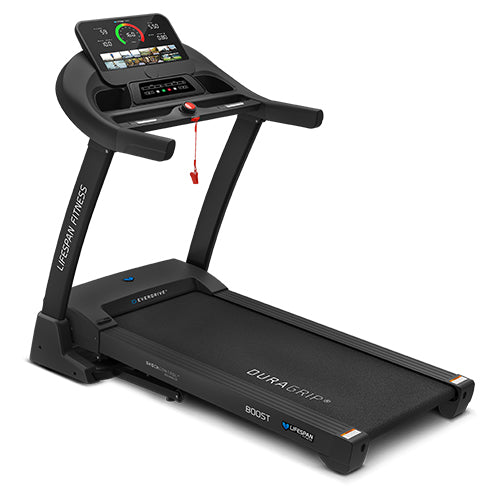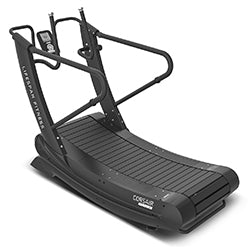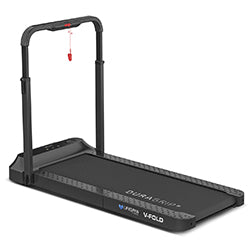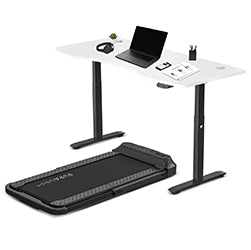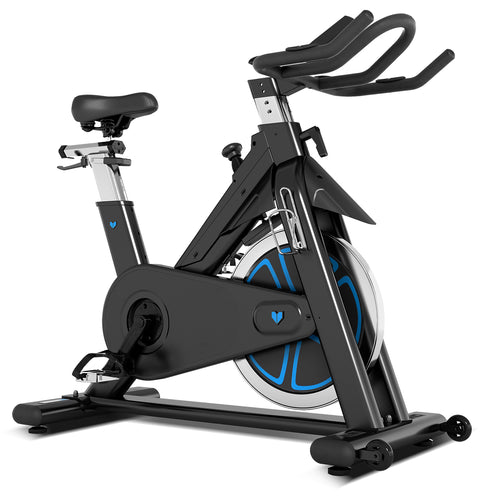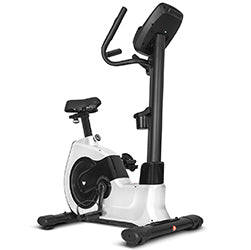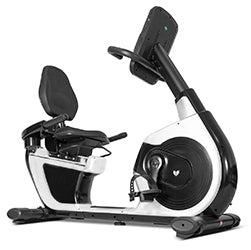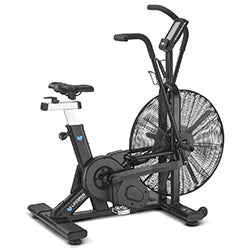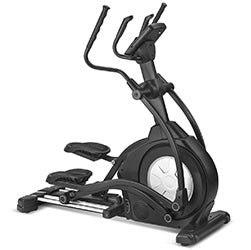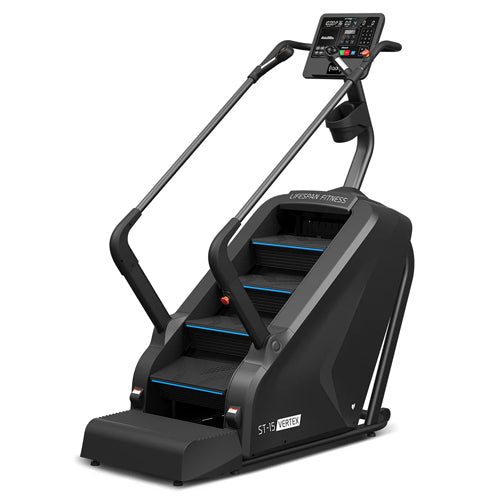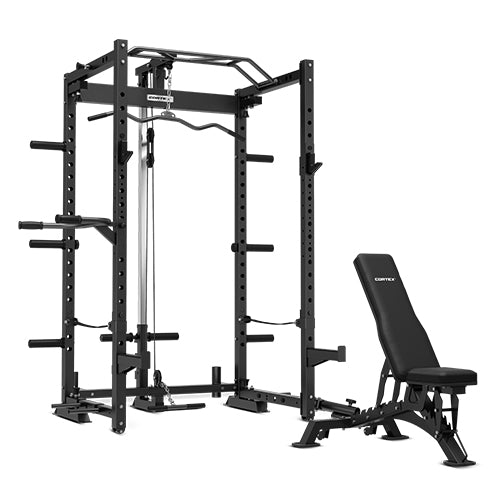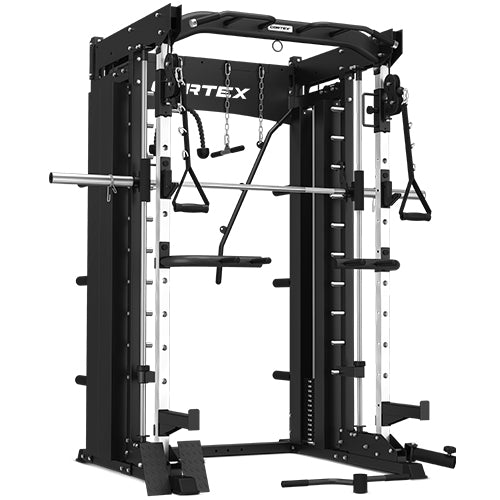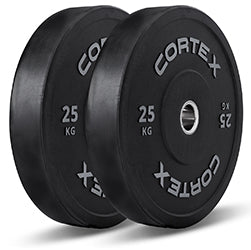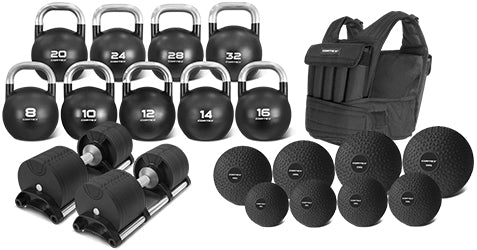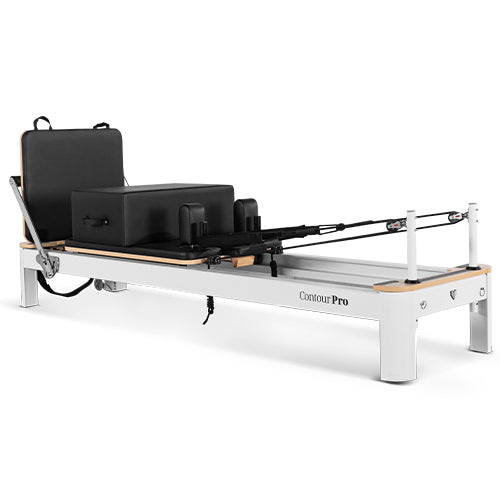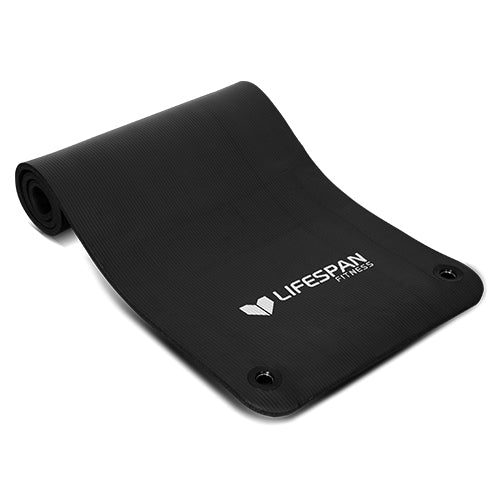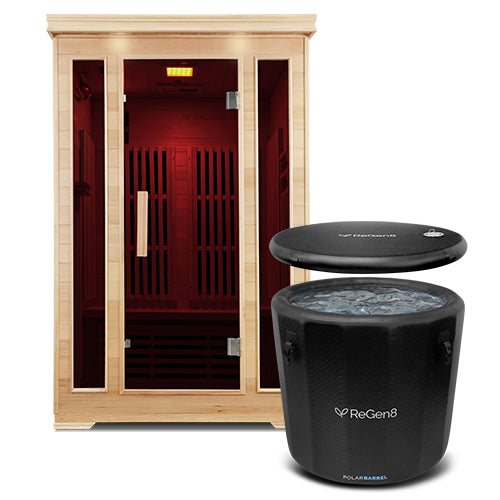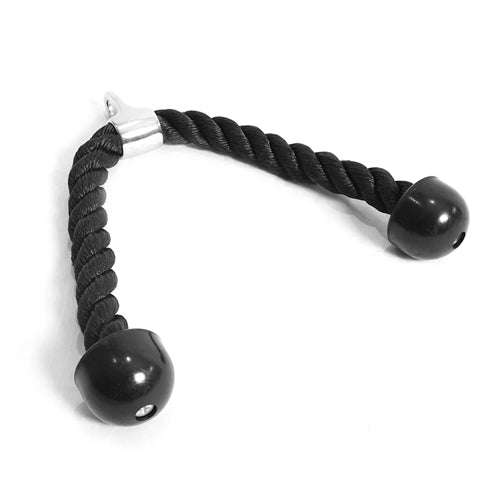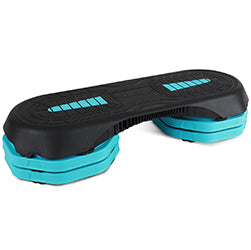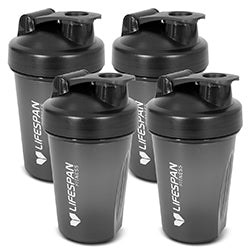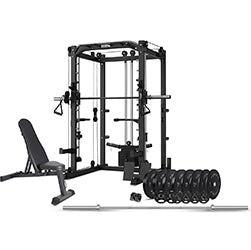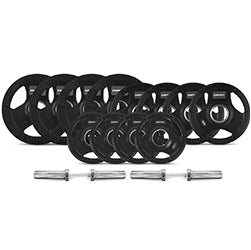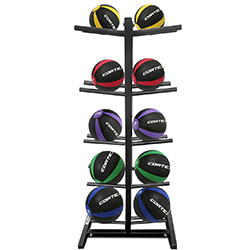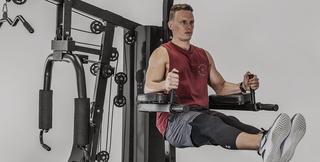

Did you know that regularly doing a 20–30-minute HIIT training routine has been linked to better brain function? This includes improved memory, ability to learn new skills and even a reduced risk of dementia in old age. This is just one of the benefits of high-intensity interval training, or HIIT. The basic idea is to alternate between short bursts of intense effort and brief recovery periods. This maximises the results of exercise in less time.
This can come in a few different forms, such as HIIT weight training, HIIT aerobic training and many options for HIIT training workouts for beginners.
So, if you have a busy schedule, HIIT can be done almost anywhere and with minimal equipment.
Want to build the ultimate HIIT-friendly setup? Check out these home gym essentials to get started.
What Is It Good For?
Here’s just a sample of the kind of benefits you can expect from a HIIT training plan:
- Fat Burning – HIIT burns more calories in less time and continues torching fat long after your workout ends.
- Time Efficiency – A 30-minute HIIT training session can deliver the same results as an hour of steady-state cardio.
- Muscle Preservation and Growth – Especially when paired with weights, like in HIIT weight training or HIIT kettlebell training.
- Cardiovascular Health – Boosts heart health and oxygen consumption through intense HIIT aerobic training.
- Metabolic Boost – Increases your resting metabolic rate, helping you burn calories even while resting.
- Flexibility – You can do HIIT training workouts at home with minimal space and equipment.
- Mental Toughness – The intensity pushes your limits and builds focus and resilience.
- Improved Blood Sugar and Blood Pressure – Regular HIIT helps manage insulin sensitivity and supports overall metabolic health.
- Beginner-Friendly Options – There are plenty of HIIT training workouts for beginners, tailored to different fitness levels.
- Variety – Mix it up with HIIT training upper body, lower body, full body or circuit-style sessions to keep things fresh.
Feeling the Burn

With HIIT training workouts at home or in the gym, the short bursts of intense exercise followed by quick recovery periods pushes your body to work harder in less time. Even a 30-minute HIIT training session can burn the same number of calories as longer, more moderate workouts.
During a HIIT workout, your heart rate remains elevated and your muscles are working at their maximum. Your body will start to tap into both stored glycogen and fat for energy. But the real magic happens after your workout. A phenomenon called the ‘after-burn’ effect or EPOC (Excess Post-Exercise Oxygen Consumption), keeps your burning calories even while you rest.
Learn how to maximise your fat burn with HIIT interval training treadmill workouts with incline sprints, interval programs and more.
Understanding Metabolic Rate
During HIIT training workouts, your body is working in intense, short intervals. This demands more energy and oxygen than steady-state cardio. All the extra high-intensity effort triggers the EPOC response, which keeps your metabolism elevated for hours after your workout is over.
Farewell to Fats
Intense bursts of activity followed by short recovery periods push your body into a fat-burning mode.
During HIIT aerobic training, your body taps into stored fat for energy more efficiently than it does during longer, low-intensity workouts. And as we’ve mentioned, HIIT keeps your heart rate high and metabolism elevated, continuing to burn calories long after you’ve finished exercising. This post-workout calorie burn is a big reason why 30-minute HIIT training can be just as effective for fat loss than an hour of steady-state cardio.
Hello Muscle Mass

When paired with resistance exercises, HIIT training can be a powerful tool for building and maintaining lean muscle mass.
Unlike traditional cardio, HIIT often incorporates bodyweight exercises, resistance bands, dumbbells or kettlebells. This means your workout doubles as a strength-building session. Squats, lunges, push-ups and kettlebell swings are staples in HIIT weight training and HIIT kettlebell training, targeting multiple muscle groups while keeping your heart rate up.
This is especially effective when following a structured HIIT training plan that alternates between upper and lower body days.
Check out this guide on what muscles you can target with weight training.
Improve Oxygen Consumption
One underrated benefit of HIIT training is its ability to boost your oxygen consumption, also called your VO₂ max. Basically, it refers to how efficiently your body is using oxygen during intense exercise. A higher VO₂ max translates to better health.
HIIT aerobic training pushes your heart and lungs to work at maximum effort. This forces your body to adapt by increasing the amount of oxygen you’re using. In the long term, this has direct results for your ability to train harder and recover faster, supercharging your performance.
Lower Blood Pressure

A recent study has shown that just 15 minutes of HIIT exercise can significantly improve your heart health and lower your blood pressure at a more efficient level than traditional exercise. It’s shown to be one of the most efficient modalities for bolstering your cardiac function, glucose control and blood pressure.
So why is this? Well, during those short, intense bursts of effort, your heart works harder to pump blood throughout your body, strengthening the heart muscles, allowing it to pump more blood with less effort. This leads to a lower resting heart rate and reduces strain on your arteries.
It’s a smart, science-backed way to support your cardiovascular system and keep your heart ticking strong.
Reduce Blood Sugar
Just in case you’re not 100% sold on HIIT training, there’s strong evidence that it also helps to regulate and lower your blood sugar levels. In fact, many GPs may recommend HIIT exercises for patients managing insulin resistance or who are at risk of type 2 diabetes.
During high-intensity exercise, your insulin sensitivity increases, allowing your muscles to better use the available insulin to take up more glucose. This increase in demands lowers blood sugar levels both during and after your workout, as your body continues to absorb glucose to restore energy levels.
In short, HIIT not only boosts fitness and burns fat, it’s also a smart, effective way to support metabolic health and reduce your risk of diabetes.
Conclusion

There’s something truly magical about HIIT. There doesn’t seem to be single health measurement that isn’t improved by doing it regularly.
The best part is that you don’t need to go to the gym to start seeing results. HIIT training workouts at home are just as effective and can be tailored to your fitness level.
If you’re ready to take your strength to the next level, check out our guide on choosing the best weight training equipment to enhance your HIIT sessions.




